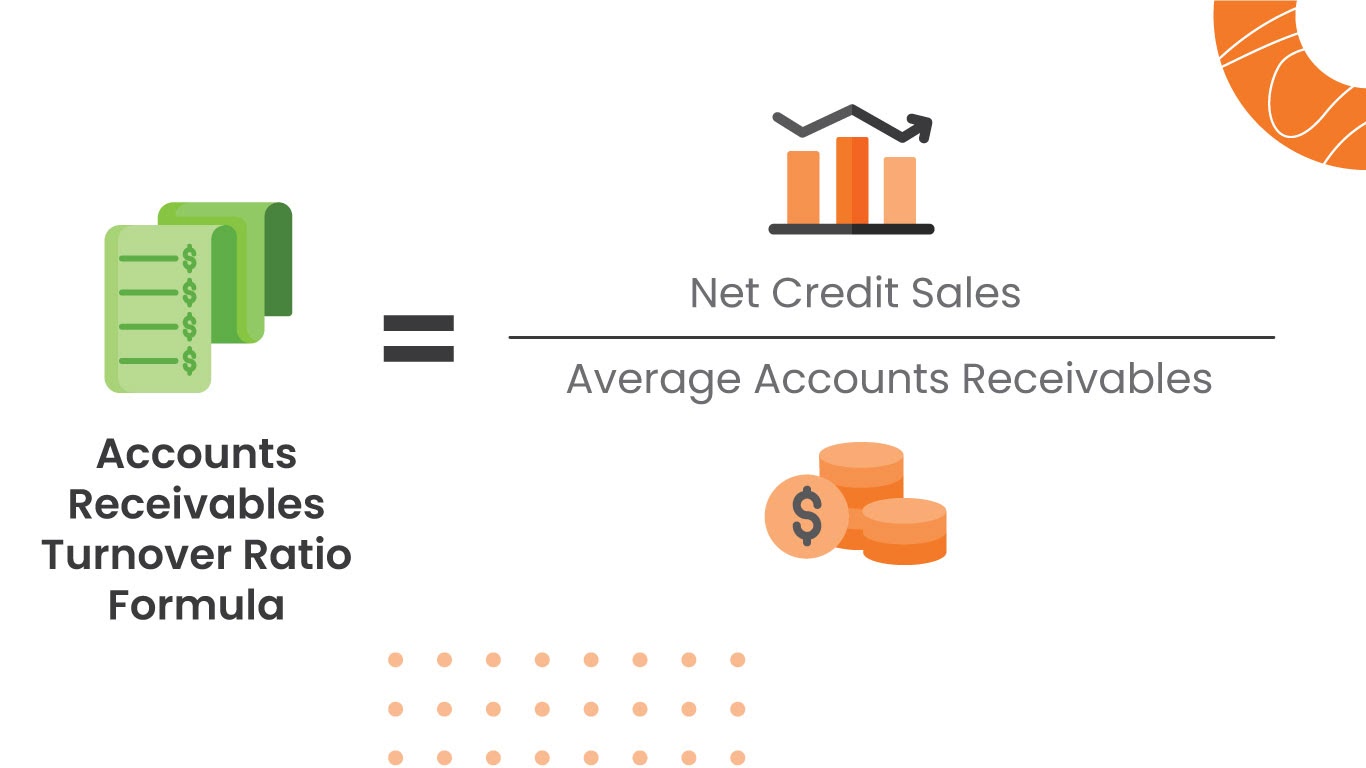

That's because a fund with a high turnover rate will incur more transaction costs than a fund with a lower rate.

The days in the period can then be divided by the inventory turnover formula. For example, a fund that stresses tax efficiency that has a turnover ratio above 60 is probably not doing a very good job of minimizing taxes, unless the majority of sales were for the purpose of dumping. The portfolio turnover measurement should be considered by an investor before deciding to purchase a given mutual fund or similar financial instrument. For example, if only sales and year-end inventory balance is given in the problem or homework assignment, then there would be no other option but to apply the following formula: Inventory turnover ratio Sales/Inventory. Inventory turnover is a ratio showing how many times a company's inventory is sold and replaced over a period of time. A fund’s turnover ratio can in fact be an indicator of whether a fund is following the investment objective that is stated in its charter. There are some scenarios in which the higher turnover rate translates to higher returns overall, thus mitigating the impact of the additional fees.Growth mutual funds and any mutual funds that are actively managed tend to have a higher turnover rate than passive funds.Funds that have a high rate usually incur capital gains taxes, which are then distributed to investors, who may have to pay taxes on those capital gains.EPS represents the 'E' in P/E ratio, where EPS earnings ÷ total shares outstanding. A turnover ratio is a simple number used to reflect the amount of a mutual funds portfolio that has changed within a given year. For example, if credit sales for the month total 300,000 and the. The fund turnover ratio formula looks as follows where is the portfolio weight of security j before rebalancing at t+1 and the portfolio weight after rebalancing. The rate of turnover is important for potential investors to consider, as funds that have a high rate will also have higher fees to reflect the turnover costs. Analysts and investors use EPS to establish a companys financial strength. The accounts receivable turnover formula tells you how quickly you are collecting payments, compared with your credit sales.Portfolio turnover is a measure of how quickly securities in a fund are either bought or sold by the fund's managers, over a given period of time.Choice C defines the Accounts Receivable Turnover Ratio Choice D has no clear definition, but a company's Debt to Total Capital Ratio looks at the company's leverage, and this would be an indicator of whether the company has the capacity for more borrowing. A similar pattern in nearly all markets were noted where the quarterly turnover ratio was the highest in the irst quarter (Q1) of 2020 before exhibiting a decline. Choice A defines the Current Ratio, which is Current Assets / Current Liabilities. Loan-To-Value Ratio - LTV Ratio: The loan-to-value ratio (LTV ratio) is a lending risk assessment ratio that financial institutions and others lenders examine before approving a mortgage. Figure 26 presents the quarterly turnover ratios for emerging East Asian markets where data are available. For example, a company with daily operating expenses of $100,000 and total current assets of $5,000,000 can operate for $5,000,000 / $100,000 = 50 days before it runs out of money. This is the period of time, or "defensive interval" that the company could continue running in a "worst case" scenario where business has collapsed and it was not generating current assets. It takes Current Assets and divides it by Daily Operating Expenses to find the number of days that a company can continue to run if it were not able to bring in any more current assets. The formula is calculated by taking a companys earnings. How long the company can operate without any new business coming in The defensive interval ratio is a variation on the Current Ratio that measures liquidity. Times Interest Earned - TIE: Times interest earned (TIE) is a metric used to measure a companys ability to meet its debt obligations.


 0 kommentar(er)
0 kommentar(er)
